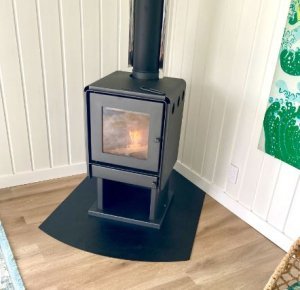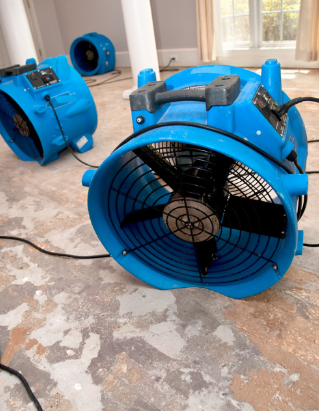Villa or Villain? What to Look for When Buying a Pre-1940s Home
The charm and character of pre-1940s homes can be very appealing to potential buyers. Many of us are especially drawn to villas with their ‘chocolate box’ prettiness and graceful lines decorating many suburbs. However, it’s important to be aware of the possible pitfalls that come with owning this gracious older property.
One of the biggest concerns is the possibility of having ‘problems’ that your insurance might not cover. Some of these issues you might be able to spot yourself, but others might need a qualified building inspector to uncover.
Four key areas to consider before buying a pre-1940s home
1. The roof over your head
The condition of an older house’s roof should be one of the first things you check before buying. Has it been reroofed? If not, it’s likely to be sporting a near-100 year old cap!
- Look for signs of wear and tear, such as missing or damaged sheets or fixings, leaks, or sagging.
- Find out if the roof has been replaced, and if so, when and with what materials.
- Reroofing can be expensive, so factor this cost into your decision-making process.
Read more about common types of roofing in New Zealand.
2. The electrical wiring
Old wiring is a major fire hazard. If the wiring in the home is original, you may need to have it replaced before you can get insurance. Not sure what you’re taking on? Check the switchboard for the home which will give you an indicator of what sort of wiring you’re buying. Are you looking at an old ‘fuse’ type of board, or a newer circuit breaker one? While it might not need replacing right away, an older switchboard can mean it won’t handle the load of a modern household full of 21st century technology.
Your property inspection report can give you peace of mind when it comes to important and potentially expensive repairs.
Learn more about electrical – building basics.
3. The foundation
Every building needs a stable foundation and it’s important to know what you’re getting before you buy. In older homes, unless they’ve been re-piled, the chances are that cracks in the foundation, uneven floors, doors and windows that stick can be signs of issues. These can all be very expensive to repair, which is why your property inspector will be closely checking your foundations.
Find out how your property inspector can spot what’s happening underneath.
4. What’s behind the walls?
Last but not least, is a lesser-known, but hidden hazard: scrim and sarking lying behind the wallboard or gib. Scrim is a type of hessian sacking, which was commonly used in pre-1935 houses. Sarking is (usually very dry) old timber or wooden boards that the scrim is tacked or stapled to.
Due to its flammable nature, this wall lining is seen as a significant fire risk. Many insurers will require proof of its removal or replacement before agreeing to cover your home. But what if there’s no sign of it and the walls are smooth and ‘modern’? Don’t breathe a sigh of relief just yet. If it’s been gibbed over, or tastefully renovated, you might never know it’s there… but your knowledgeable property inspector knows what to look for, and will report back.
The bottom line – when buying ‘old’, factor in extra costs
It is important to note that these are just a few of the things to consider when buying a pre-1940s home. When making an offer, be sure to factor in the cost of any potential repairs that may be needed. While buying ‘character’, especially a sought-after villa, can be a great investment, it’s important to be aware of its shortcomings!
By doing your research and getting the property inspected, you can help to avoid any surprises down the road. Go into your next purchase with your eyes wide open. For true peace of mind, book your comprehensive pre-purchase inspection with the Property Inspectors today on 027 2939 808.

























